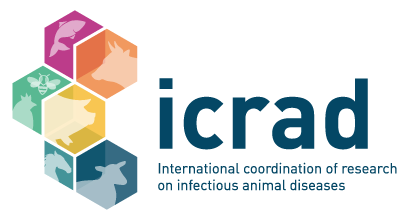Project details
Acronym: ScResGoats
Researcher: Dr. John Spiropoulos
Countries: United Kingdom, Greece, Italy, Spain
Organisations:
- Animal and Plant Health Agency
- Hellenic Agricultural Organization-DIMITRA, Veterinary Research Institute
- Istituto Zooprofilattico Sperimentale del Piemonte Liguria e Valle d’Aosta
- Instituto Nacional de Investigación y Tecnología Agraria y Alimentaria
- (INIA-CSIC). Centro de Investigación en Sanidad Animal (CISA)
Project Summary
Classical scrapie (CS), a transmissible spongiform encephalopathy (TSE), is characterized by vacuolation and accumulation of PrPSc, the causative agent of TSE, in the brain. PrPSc represents pathogenic conformers of PrPC, a natural host protein. Because CS is associated with bovine spongiform encephalopathy (BSE), a known zoonosis, extensive measures have been implemented to monitor, minimize and wherever possible eradicate CS.
Certain polymorphisms of the PrP sequence are associated with resistance to scrapie and have been used to minimise CS from many European national flocks. However, with the single exception of Cyprus, similar schemes are not readily available for goats either because polymorphisms with clear protective effect have not been identified or their prevalence is low. Substitution of the wild type Q (glutamine) for K (lysine) at codon 222 represents such a polymorphism as even in heterozygous animals (222QK) it can confer resistance to the disease, although not absolute. EFSA recommends the use of 222K as a selective marker for breeding for disease resistant (BDR) and there is a strong policy drive within the EU and UK to use this codon for BDR schemes.
In Greece an unusually high proportion of 222QK animals are associated with CS compared to other countries. This increase is associated with certain herds located in specific geographical regions suggesting that at least under certain conditions the protective power of 222 may be compromised.
The aims of the current proposal are to investigate whether other PrP-associated genetic factors or strain specific parameters, or the effect of infectious load can account for these 222QK CS cases from Greece.
To achieve these aims it is proposed that 222QK CS cases from several geographical areas of Greece are genotyped and fully characterized using in vitro methods and bioassays in experimental animals. These CS cases will be compared with 222QK and 222QQ cases from Greece and other European countries.
